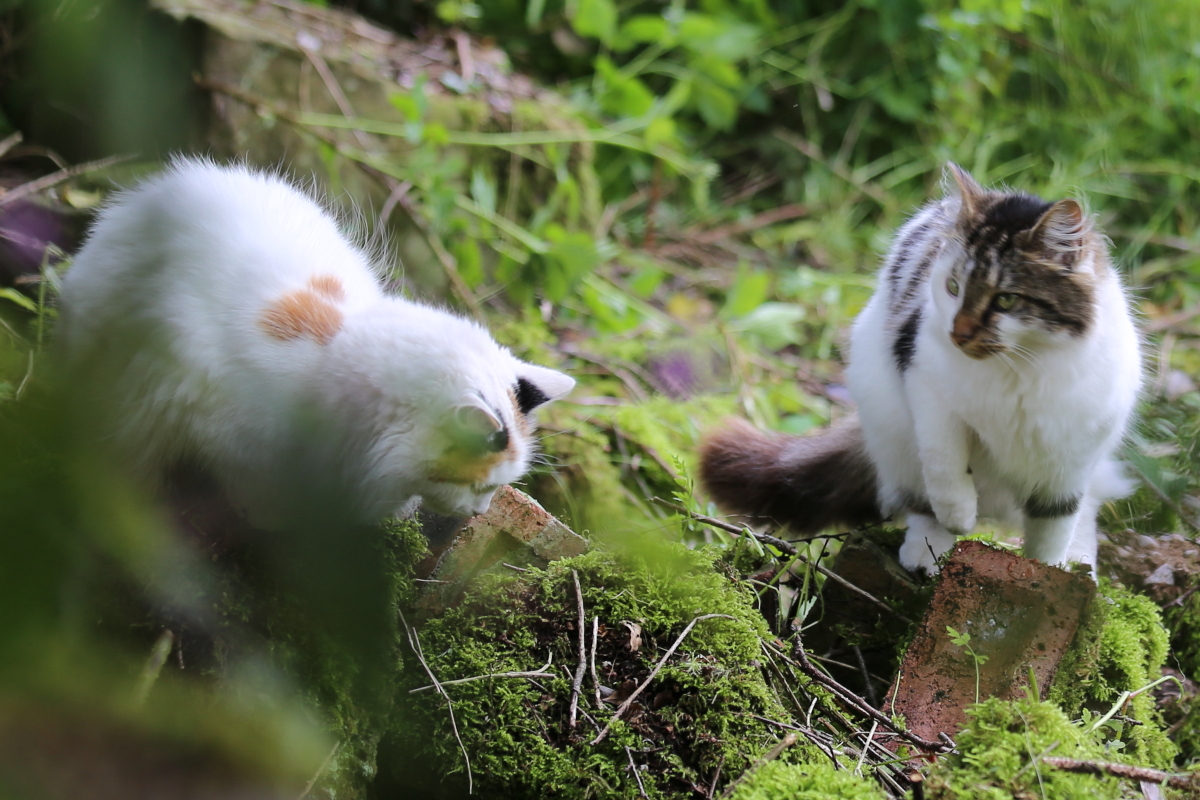Each February since I retired and began to pursue the good life my house begins to fill with seed trays. This year has been no exception, albeit with a greater degree of organisation and a little more technology as I attempt to learn the lessons from previous years. So each morning for the last four weeks I have done the rounds to check on my gradually enlarging collection of seeds and seedlings. Which needed watering? Which should stay in the propagator or on the heat mats and which should be moved to somewhere cooler? Do I go with what I think is right or what the experts say? And which of the conflicting experts is correct?
By the start of this week I had two full trays of mixed flower seeds in the warm kitchen cupboard (excitement each day, will any have germinated? panic when some have but most haven't!); leeks, carrots, cauliflowers, cabbages and broccoli on the cooler bathroom window sill; various tomatoes, herbs and sweet peppers on the living room window sill, gently warmed by a heated tray; antirrhinum & camomile seedlings occupy the sunny sill in the sitting room; hot chilli peppers sprout in the propagator; aubergine, cucumber and assorted flower seeds sit on the heat mat in the spare bedroom; Gardeners' Delight tomato plants grown in less than a month from seed stand on two sills, all south facing apart from the bathroom.
Many of the seed packets mention warm kitchen window sill but in my house there isn't one, but never mind, it isn't a problem: we manage without. This year my main worry has been whether I am watering correctly, a problem caused by my switch to completely peat free compost.
Ever since I moved from the UK to live in the Netherlands in the early 1980's and came across lead free petrol, phosphate free washing liquid and recycling I've been conscious of environmental matters and always tried to do my bit, however small. I was determined to keep it up when I returned several years later, and I remember the sarcastic comments when I insisted that my car be converted to run on lead free petrol which at the time was not so readily available in the UK. So swapping to peat free compost wasn't something I could ignore. Last year I didn't find any peat free supplies in my locality but this year, there it was. I do gardening to make myself feel better. I didn't want the compost my seeds were growing in nagging "you hypocrite" at me every time I looked at it.
OK, I know, the propagator is using fuel and I did worry about it, but I do buy my electricity from a "green" non-fossil fuel source supplier, generate my own from solar panels and don't have the heating on in the house during the day time, so it's the only way to maintain the steady temperature needed for the seeds to germinate. I had hoped that our earlier efforts to re-insulate the loft with more than double the depth of the old insulation after previously installing new doors, would have made a difference, but I don't think it has. What heat we do generate in this old farm house seems to find it's way out. So for us extra pullovers, for the seedlings a low powered propagator.
But back to the peat free compost. Was I using it wrong? The water just drained through and under the propagator lights the surface baked. I struggled to keep it damp. I still don't know whether I've killed of the Trinidad chilli seeds by letting the compost get too dry while they were attempting to germinate, or whether they are just so much slower than the other varieties I sowed.
But apart from the Trinidad chilli and the verbena flowers everything else appeared to be thriving.
Then yesterday, disaster. Or should I say catastrophe? One of our cats (I have a favourite suspect but no evidence) had dislodged the shelf of seedings in the spare bedroom upsetting the heat mat and tipping the pots and trays onto the floor. Aubergine seedlings lay strewn on a heap of compost deposited on the carpet, the Money Maker (most of them) and Black Beauty completely mixed up. The six cell tray in which I'd sown cucumber seeds was dangling from the thermostat wire but otherwise apparently in tact, the trays of flower seeds, gazania and petunia, only few of which had germinated were completely emptied out. What a mess!
The few petunia seedlings which had germinated were already dehydrated and looked dead. They couldn't be saved. All but two of the aubergine seedlings, still only at the pilot leaf stage, looked as though they might survive, so I repotted them. I'll have to wait until they grow to tell which are which, but today more than 24 hours later, it is difficult to believe that they suffered a trauma yesterday. Still I don't know whether they will thrive. Only time will tell. But then that is part of the pleasures of gardening.
